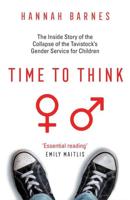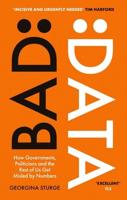Publisher's Synopsis
In 2010, 9.7 percent of the U.S. population lived in low-income areas more than 1 mile from the nearest supermarket. The diet quality of these consumers may be compromised by their food environment. Some may be unable to reach supermarkets regularly or without effort, instead buying food from nearer stores that offer less healthy food products. This report investigates the correlation between households that live in lowincome, low-access (LILA) areas and their purchases of 14 major food groups that vary in dietary quality. The report finds a modest negative effect, particularly among urban LILA consumers, and this effect is only slightly alleviated when LILA consumers travel farther from their homes to purchase food.










